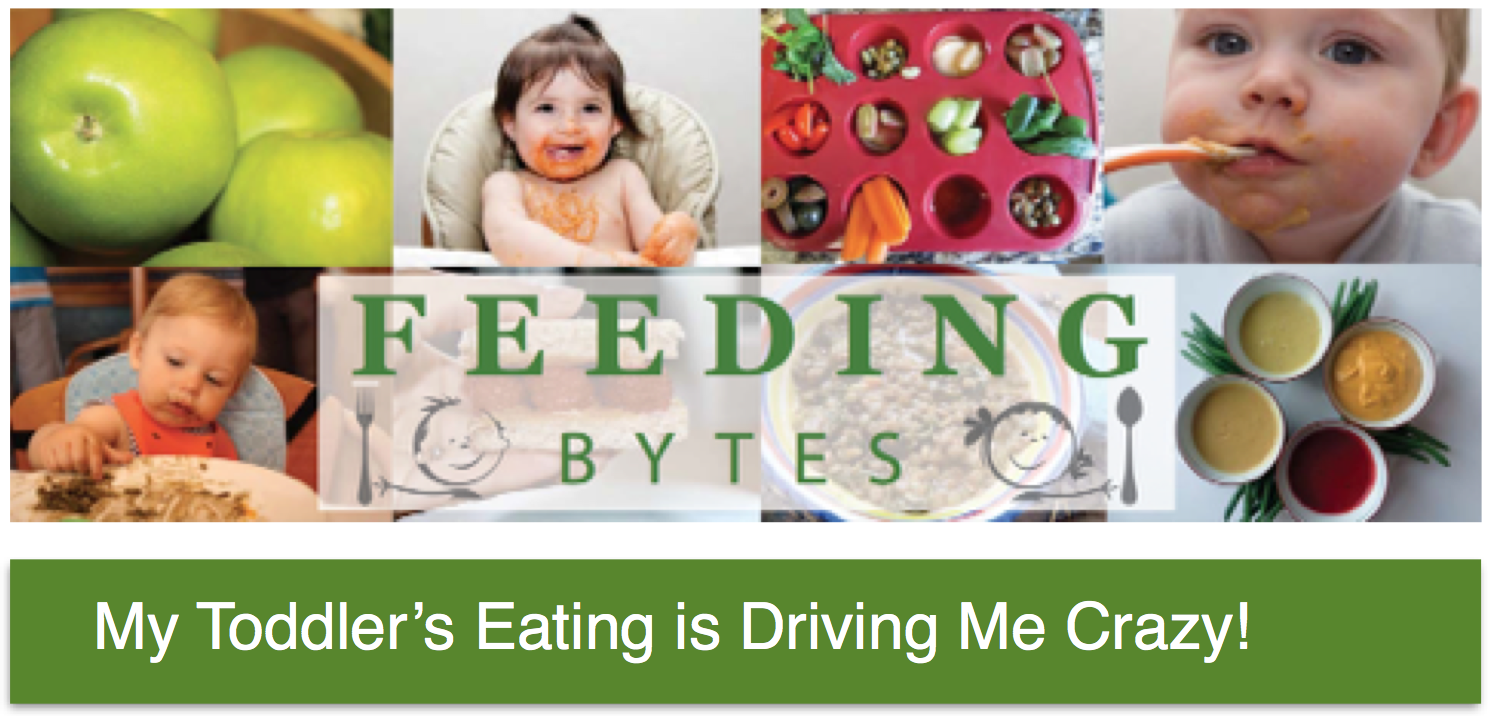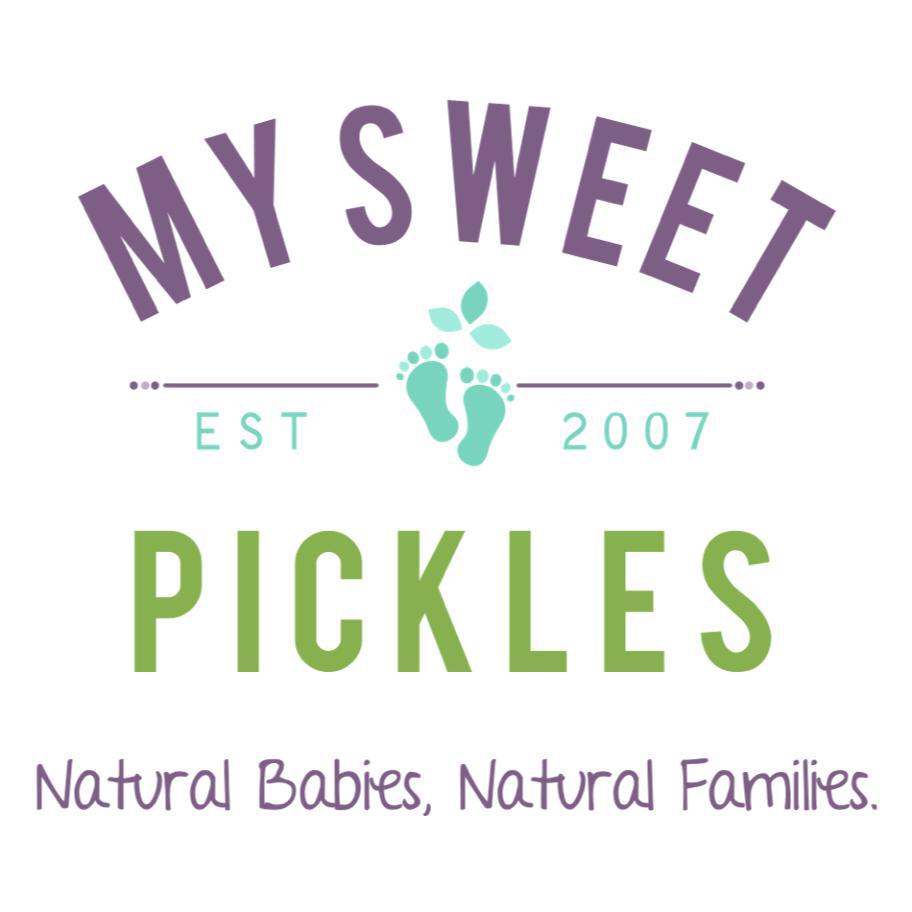Adina Pearson of Healthy Little Eaters is a dietitian who focuses on feeding children. In partnership with pediatric dietitian, Natalia Stasenko, they are pleased to offer a 5 step program to stress free meals with your toddler.
These online sessions include videos, emails and articles for you to work through at your own pace. The cost of the program is far less than one-on-one time with a registered dietician, and there is a 5 day money back guarantee. I asked Adina to tell me a bit more about the program, and why my readers should consider signing up instead of seeking information online or elsewhere.
Ms. Pearson says: Before I had kids of my own, I honestly had no interest in pediatric nutrition. A little bit due to intimidation because I saw kids as super fragile, but mostly it didn’t incite any passion in me. Adults could make decisions for themselves, teach themselves habits, were interested in nutrition. But kids? What was the big deal, really? Just feed them good, nutritious food instead of ‘junk’ — easy! As a trained dietitian, I knew the ins and outs of therapeutic diets, weight management diets, nutrition and foods and how it all came together. Then I had my own child nearly 5 years ago and my perspective changed dramatically. My first child was (and is) very thin and I was constantly worried about how much she was or was not consuming. As a toddler she ate like a bird and it worried me. She turned from a broccoli loving 1 year old into a an older toddler who barely looked at broccoli. By then I already recognized this as normal and was able to respond appropriately, without panicking. This was all because my kids sparked in me a new interest and forced me to dig into what is known about feeding kids. Now I LOVE seeing children on my consult schedule. I know that there is a world of difference I can make to help kids become healthy eaters now and develop a healthy relationship with food in the future. Child feeding has definitely turned into a passion! It’s because of this passion for helping parents feed their kids that I got to know Natalia Stasenko, a Pediatric Dietitian, with whom I’m co-teaching an upcoming toddler feeding class.
We are excited about the launch of our new 2-week online class on feeding toddlers. Toddlerhood is a tricky time when it comes to feeding. In some ways it’s tougher on parents than the transition to solid foods. Because of the erratic way toddlers eat, this stage of development can send parents in one of two extremes when it comes to feeding:
1) Overly controlling feeding practices that use games, bribes and coercion to get kids to eat, or eat more of certain foods. Sometimes heavy food restriction starts at this stage too when parents are health conscious and worried about their child over-indulging in certain food groups or treats. The danger of feeding in this way is that being controlling with food tends to backfire resulting in unpleasant meals full of power-struggles, food refusal, dysregulated hunger and fullness signals, and food-preoccupation.
2) Overly permissive feeding practices with little structure around meals where parents are short-order cooks and kids are only offered already-accepted foods–just to get their child to eat something. The danger with this extreme is food insecurity, emotional eating as a result of frequent grazing, maintaining the ‘picky’ status quo, and not learning to like what the family eats.
It’s not uncommon for parents to vacillate between these two extremes. Our class will help parents find that happy middle ground with a feeding strategy that is inline with an authoritative parenting style. The strategy we will teach in class is both responsive and sensitive while maintaining a healthy and productive amount of structure. We help parents take leadership while giving their child age-appropriate autonomy.
We’ll cover the basics about good nutrition and planning balanced meals, but we’ll also address the oft-neglected “how” of feeding. How do parents help their kids expand their taste buds and not get stuck being “picky” eaters? How do parents cope with toddlers who won’t sit at the table for more than 3 minutes? How do parents respond to kids who beg for food 15 minutes after the table has been cleared? We’ll cover topics like snacking, toddlers who seem to survive off of air, as well as the ones whose appetites seem unquenchable. We address all the typical issues parents struggle with when it comes to feeding their little ones.
Here’s how our online class works: For 14 days we will share videos, emails and articles on feeding. During that time we will assign a few homework assignments so parents can put what they are learning to work. The nice thing is that parents can “come to class” according to their own schedule, rather than a set time. They will also have access to two dietitians daily. We’ll be around to answer any questions that come up while parents are learning and implementing new techniques — plus there will be a forum for class participants to discuss their learning together. The cost of our 14-day class with daily access to a dietitian is actually less than or equal to the price most people would pay for a mere one-hour session with a live dietitian–so we’re offering a huge value for the price. It might not be worth it if your kids are generally adventurous eaters, have no food or eating struggles, you aren’t worried about their weight or health and everything is awesome on the feeding front. But if you are struggling with your child’s eating, if feeding is not going well, if you’re worried about your child’s weight or growth and things are troublesome at meal time, then this class is for you!
What Adina said definitely piqued my interest. It’s what I try to do with my own kids but let’s be honest, sometimes it’s easier said than done. Ms. Pearson answered a few questions for me:
I know your class is about toddler nutrition, but have you read up on baby led weaning? Do you think that this method of introducing solids helps rather than trying to jump from purees to “table food?”
I am familiar with Baby Led Weaning and don’t have a negative opinion about it. I’m a big believer in being a responsive feeder and I think that there is a strong element of responsive feeding to BLW. There’s not a parent hovering and pushing food onto a child, sneaking in that extra spoonful or two because the child is allowed to feed himself at his own comfortable pace. However, I don’t think BLW gives a parent all the tools necessary for the move to solids and beyond. Additionally, some babies are eager to experience food at an earlier age than they can physically handle finger foods–why not help them out with some purees? So I think it is perfectly fine to use purees as developmentally appropriate and then march on through with more challenging textures according to baby’s abilities. As long as parents respond to baby’s cues properly and let the baby lead in the feeding, using purees is just fine when starting. Parents really should always feed based on an infant’s developmental readiness, rather than age alone.
I don’t want to ask you to “give away” anything that would be learned in your class, but do you have one tip for parents of children or toddlers, who are frustrated & worried about their eating habits?
I’ll give you a few:
1) How is your child’s growth? If your child is more-or-less sticking to the same weight percentile on his growth chart, that’s a good indicator that he is eating the right amount for him.
2) Eat meals together when possible and share the same foods.
3) Make a “harmonious” mealtime your first goal because your child’s interest in and curiosity about food can’t develop and grow if mealtimes are full of power struggles and anxiety.
4) Your job as parent is to select the foods that go on the table. Your child’s job is to decide how much, if anything, to eat from the selections. Don’t trade jobs.
5) Set a good example yourselves by eating a variety of foods without fuss or drama.
The “don’t trade jobs” was a light bulb moment for me. So much good advice here, especially setting an example. If Dad only eats peanut butter and potatoes, why would a toddler want to give spinach a try?
How do you feel about “hidden” veggies (pureeing them into sauces, smoothies etc.) or supplements like Pediasure?
I think it’s totally fine to put “special” ingredients in favorite dishes to enhance their nutritional profile. I don’t see a single problem with it if it’s not done in a sneaky or dishonest way. Of course, it’s not the end of the world if you do sneak in some foods this way, but it isn’t a good long term strategy on its own. Hiding spinach in a smoothie might get spinach into your child right now, but to teach your child about spinach and all the ways it looks, tastes, smells as well as help him along in his enjoyment of it you have to actually serve it in its recognizable form, often.
Pediasure is okay and can be a valuable crutch for certain parents and children. Most children, however, don’t need Pediasure–even picky ones, ones with small appetites, and ones with small bodies. But whether it is the official branded product or a homemade alternative, supplemental high calorie drinks need to be used like any other food: offered at set snack or meal times when the child is seated. And of course, the underlying feeding problem must be determined and addressed. The problem could be a simple thing like misinterpretation of normal growth, unrealistic expectations about how much a child should be eating, history of pressured feeding, or other errors in feeding. Or it might be more complex like an oral-motor delay, sensory issue, medical or physical problem that requires evaluation by a feeding specialist (dietitian, occupational therapist, speech therapist or a combo of the three).
Can families with food allergies expect to learn how to keep their toddler’s diet balanced while avoiding the allergenic foods/food groups?
We will address some of the ways to create a balanced diet with food allergies in mind in our class. Besides, parents will be able to ask us as many questions as needed through the discussion board and emails. The US Food Allergy guidelines recommend nutrition counseling and close growth monitoring for all children with food allergies in order to ensure proper growth and development. Of course, if the child is allergic to strawberries and chickpeas, avoiding these foods is not terribly difficult and not going to create nutritional deficiencies. But staying away from major foods like dairy products, fish or wheat may potentially create nutritional gaps in the diet. For example, cow’s milk is an important source of fat and protein in a toddler’s diet and substituting it for plant milks that are poor in these nutrients may not be the best way to help child meet their needs. Besides, parents who are already very concerned about their child’s safety, are naturally afraid of branching out beyond a handful of trusted foods and this can contribute to picky eating behavior in their kids.
I’m impressed with the knowledge, approach and credentials of both Ms. Pearson and Ms. Stasenko. This class isn’t gimmicky, nor is is a band aid. Rather, it is intended to help you set your little ones up for a lifetime of healthy eating, and reduce your stress level!
Interested? Get 30% off the toddler feeding course when you use code ChangeCD30 (I’ll receive a small commission if you decide to do so.) With the discount, the cost is about $104 – about the same as (or less than) a one hour session with a dietitian. If you’re struggling with feeding issues it would be a lifesaver.










 Maria wants to live in a world where cloth diapers are the norm and moms can make parenting choices without judgement. When she’s not chasing her 18, 14 and 11-year old kids around, you might find her checking out the latest gadgets, organizing something (again) or exercising in the fresh air.
Maria wants to live in a world where cloth diapers are the norm and moms can make parenting choices without judgement. When she’s not chasing her 18, 14 and 11-year old kids around, you might find her checking out the latest gadgets, organizing something (again) or exercising in the fresh air. 







[…] referenced article, I asked Adina to write about things parents can do to solve this problem. After my experience taking the online feeding course, I knew she’d have great […]
Id love to try also 🙂
Do I make 3?
Yes you are 3!
Am I second? 😛
This really would be so helpful, since our little will be starting solids soon, and there are a lot of food allergies in our family, so we plan on being cautious the first year or two, but we want to make sure nutrition isn’t compromised 🙂
Yes you got it! 😀
Is this how we reply?
Yes, you’re first! 😀 When two more people reply, I’ll send your email addresses off to Healthy Little Eaters so they can set you up!